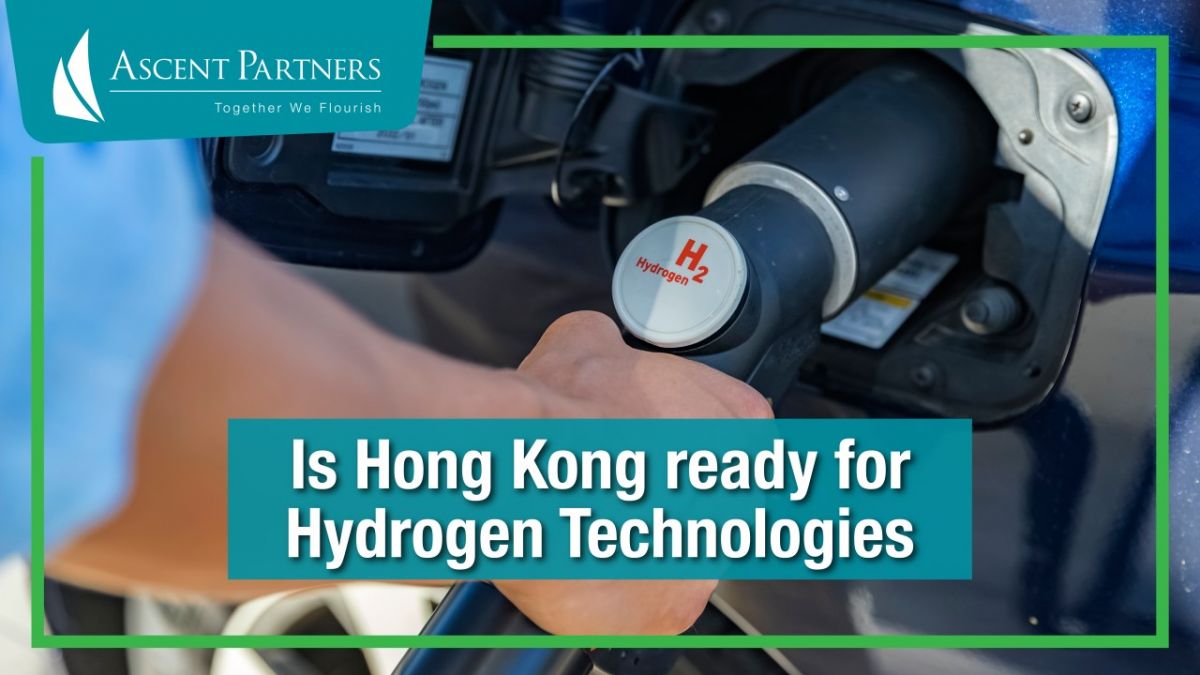
Is Hong Kong ready for Hydrogen Technologies?
China announced its first medium to long-term strategy on hydrogen energy in March this year but is Hong Kong ready for a hydrogen-based transport system?
China has been the world’s largest producer of hydrogen over the last decade, producing some 33 million tonnes in 2020, although largely produced from fossil fuels.
Jointly developed by the National Development and Reform Commission and the National Energy Administration, key targets of China’s new strategy include a “reasonable and orderly industrial layout” and “wide use” of green hydrogen production by 2030 – which is also aligned with China’s overall “30-60” decarbonisation goals – as well as significantly increasing the share of green hydrogen in the country’s energy consumption by 2035.
Within the next three years, China aims to produce 100,000 to 200,000 tonnes of green hydrogen per year, thereby reducing annual carbon emissions by 1-2 million tonnes.
Hong Kong, meanwhile, has not formally presented a hydrogen strategy of its own, but it has already started the hydrogen ball rolling. Hong Kong’s second largest bus franchise, Citybus, purchased the first hydrogen-powered bus in June this year.
Researchers at Hong Kong University of Science and Technology announced in July that one of its research teams had developed the world’s most durable hydrogen fuel cell to date.
The new hybrid catalyst reportedly uses 80% less platinum and can maintain 97% of its performance after 100,000 test cycles, whereas previous catalysts had shown a 50% performance decrease after only 30,000 cycles.
However, technology seems to be getting ahead of regulations. The idea of using hydrogen-fuelled public transport is still years away it seems. Despite refilling times similar to LPG refilling times, electric vehicle infrastructure is far more accessible than hydrogen fuel stations currently.
This is partly because of current legislation that is in desperate need of updating.
Citybus’s hydrogen-fuelled bus, for instance, is not yet legally allowed to operate within Hong Kong. The manufacturing, handling, storage, transportation, and use of both gaseous and liquid hydrogen in Hong Kong is heavily restricted under the Dangerous Goods Ordinance, which applies to explosives, compressed gases, and other corrosive, toxic, or readily combustible substances.
Likewise, under the Gas Safety Ordinance, only registered gas supply companies may be permitted to import and supply gas into Hong Kong. Here, gas is defined as town gas, liquefied petroleum gas, natural gas, or any mixture of such gases. Town gas, meanwhile, is further defined as “any gas which is primarily a mixture of hydrogen and methane.”
Arguably that the import and supply of pure hydrogen does not actually fall within the scope of the Gas Safety Ordinance, but it remains unclear.
The biggest elephant in the room is the hydrogen itself as although it is the most abundant element in the universe, it still has to be produced and stored. Despite China’s declaration of increasing green hydrogen production, the current target of 100,000 to 200,000 tonnes per year by 2025 is only 0.3% of the country’s total annual production.
Hong Kong may think that it is green, but the facts do not support the current reality. Let’s all hope that fact and fiction meet in the near future!
